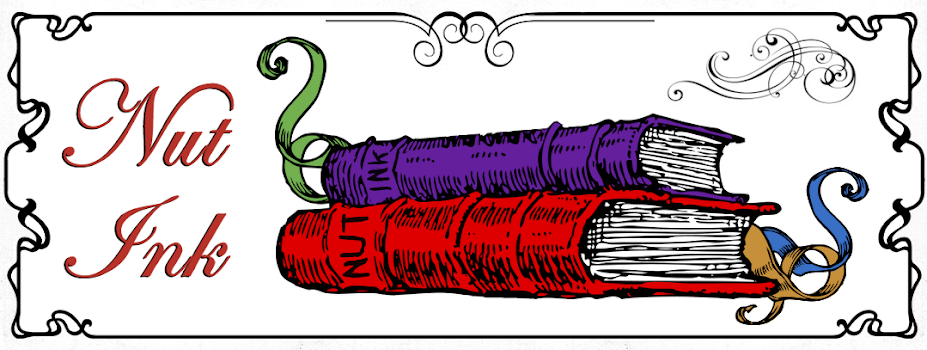"Postmaster? But…you’re a negro."
"Ha! I am that, ain't no lie. Funny thing about Silent Hill…it don’t worry much ‘bout what’s on the outside of folks."
The four issue Past Life miniseries is a prequel of sorts to Silent Hill Downpour, but its intrinsic value is somewhat questionable. One of the game’s writers (Tom Waltz, who also penned Anne’s Story) sets this particular tale in a time close to the origins of the town, and while this is something I have often wished would occur, its focus only treads lightly on the periphery of its digital descendent.
Past Life’s story structure is unquestionably the most basic I've borne witness to in the franchise. Jebediah Foster and his wife Esther have come to Silent Hill to begin afresh, cut all ties with their pasts. I'm not claiming that some of the games aren't predictable, but even when they are they’re still a good deal more subtle in pacing and execution and there is enough doubt present in the set-up and unravelling of the thread to make them compelling. That’s not so, here.
To Anne’s Story’s credit, it at least brought something to the table significantly relevant to the incarnation of Silent Hill that houses Downpour’s narrative. Even if its events can be inferred, they’re still presented well in terms of art and dialogue flowing from legitimate ancillary characters. Rather than simplistically spotlighting Jebediah, a better use of resources could have been a miniseries about Howard Blackwood, the town’s postmaster, who appears here, in the game itself, and later in Book of Memories on the Vita. Regrettably, one fact worth knowing is revealed for fans of the game. To save those respectable folks time and money, I will gladly share that information HERE.
If there’s anything overly positive worth noting it’s that Menton J. Matthews III’s artwork is systematically inconsistent, veering between sloppiness and startling precision. In this framework, I do see that as a strength, especially the nearly scrawled lettering and mystic-flavored HUD that surrounds certain panel-esque areas. A worn, zealot-inscribed Jarvis for a witch-powered Iron Man.
If you’re looking for a diaphanous jaunt into Silent Hill you can admittedly do worse when it comes to comics. In perspective, the level of connection to Downpour could easily be considered finespun and appropriately vague if Jebediah’s story was handled with nuance. It isn't and I feel justified in criticizing it for falling short in both of its intended purposes.
2 Unsuccessful Henshins out of 5
Nutted by NEG.
Note: You can find spoiler-free, mini-reviews of some of the Silent Hill games, including Downpour, at our sister site, Nut Load.




